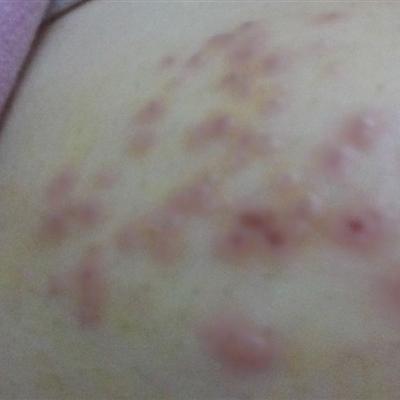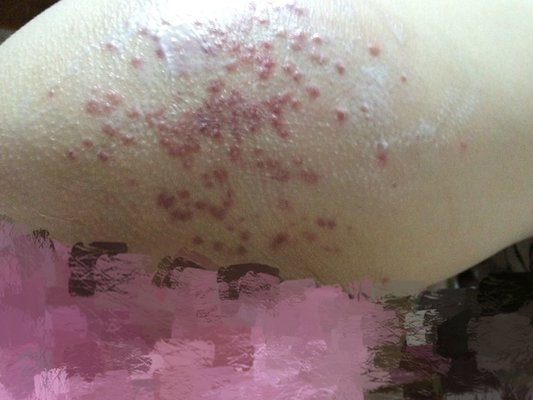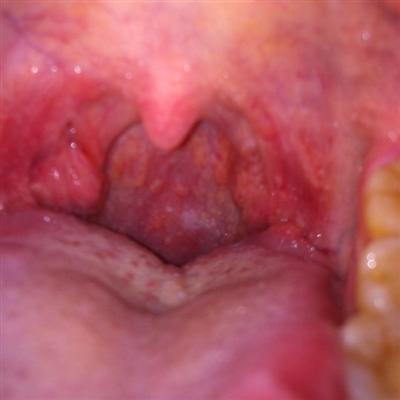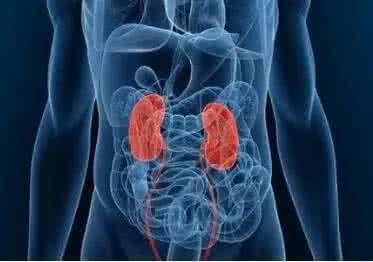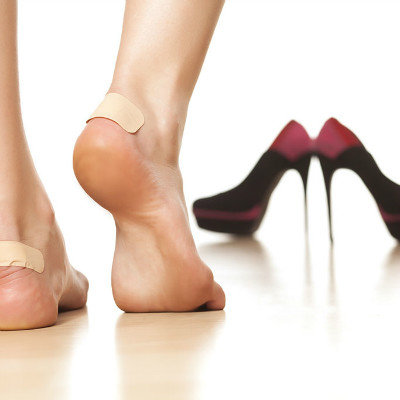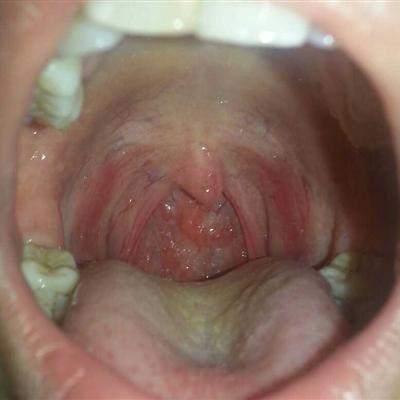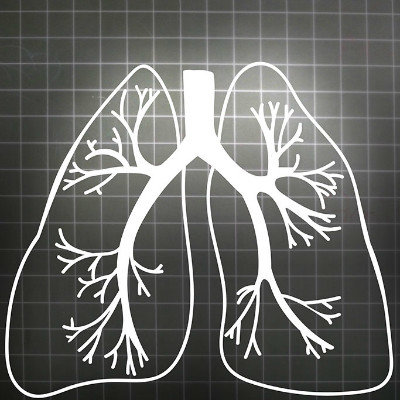Phlebitis symptoms
summary
Phlebitis is a common complication of intravenous infusion, with the improvement of medical level, but because of the influence of various factors, phlebitis complications will still appear, in daily life for patients with phlebitis, we should timely understand the current situation of life, do a good job in understanding the related clinical knowledge of phlebitis, timely do a good job in treatment, reduce the pain of patients. Now let's share with you.
Phlebitis symptoms
After the emergence of phlebitis, what we can see with naked eyes is that there can be redness and swelling at the puncture site of the patient's blood vessels. There will be pain or wave motion when touching it. Sometimes the pain will spread to the position of the whole puncture limb, and even sometimes there will be burning heat or cords, With the recovery of phlebitis, the location of the disease will appear induration, observation of the patient's skin will also appear varying degrees of pigmentation.

In fact, for the treatment of phlebitis, it is also simple and complicated. When the phlebitis is present, it is necessary to remove the needle in time. In fact, the formation of phlebitis has direct relationship with the trocar. After forming, it can be advanced and wet and hot compress. If the pain is obvious, it can be partially closed for treatment. Besides, it is best to have the best bacterial examination. See if there's a bacterial infection.

Tell the patient to raise the affected limb, promote blood circulation, in addition, it is best not to puncture the affected limb before phlebitis recovery. With the progress of science and technology, there are still new drugs that can be used, such as hydrocolloids and other topical drugs. After use, the effect is very good. If the drug itself has a certain stimulation to the blood vessels in the process of liquid input, the use of hydrocolloid along the blood vessels after aseptic puncture has a good effect on the prevention of phlebitis.

matters needing attention
Promote the establishment of collateral circulation: in patients with chronic arterial insufficiency, insufficient collateral circulation will directly affect the perfusion of tissue. Ischemic pain of affected limb will limit the patient's activity, which is not conducive to the establishment of collateral circulation. Affected limb muscles will atrophy due to insufficient blood supply and disuse. It can promote the establishment of collateral circulation and increase the perfusion of peripheral tissue to exercise in a planned and gradual way. Walking and Buerger exercise are often used.


